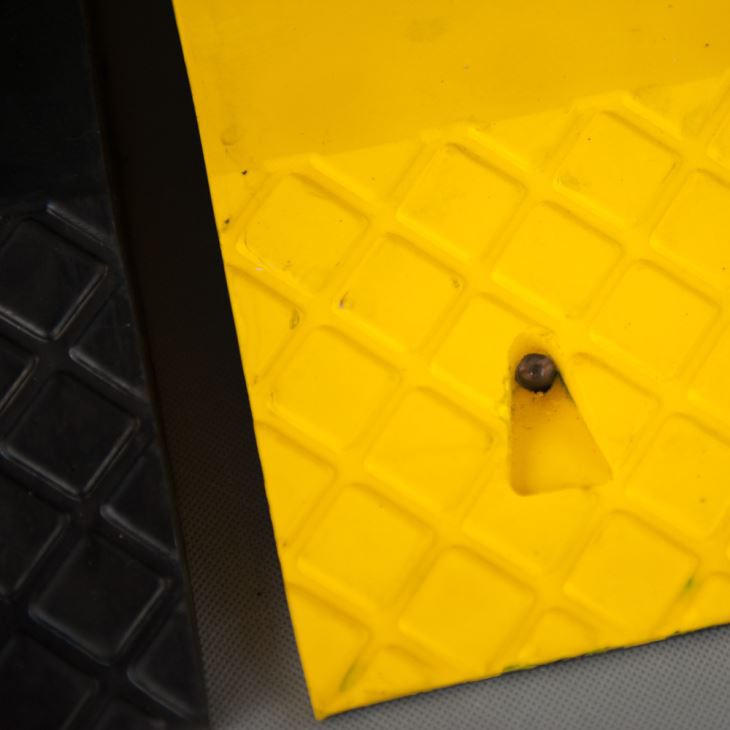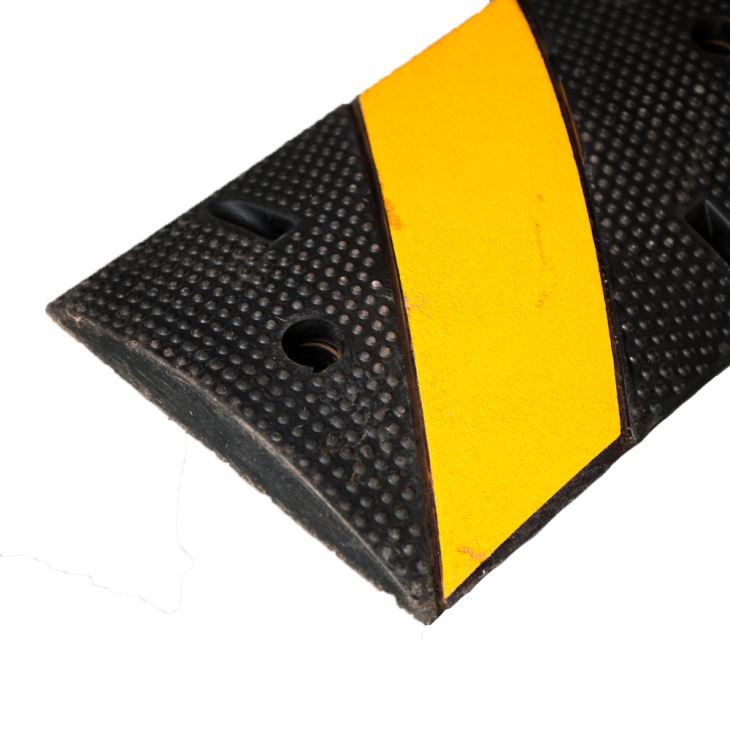Want to buy road cones? Or just want to brush up on your knowledge of them with our helpful FAQs? Our detailed traffic cone guide has you covered.
What is a traffic cone?
Traffic cones, also known as road cones, highway cones and safety cones, are cone-shaped markings placed on roads or temporary sidewalks to redirect traffic in a safe manner. Typical uses for road cones include merging lanes during road construction projects, creating separation between vehicles or managing vehicle incidents.






What color are traffic cones?
orange traffic cone
Orange traffic cones tell everyone nearby that a safety hazard exists. It is for this reason that they are often associated with construction sites or any project involving the use of heavy construction materials and equipment. Although they mean there are no immediate hazards surrounding the work area, they do represent the potential for personal injury.
yellow traffic cone
Yellow traffic cones are placed in areas where there is a slight risk but no immediate danger. They are designed to encourage people to exercise caution and be aware of their surroundings. As such, they are primarily intended for use during construction on live utility lines or to encourage drivers to give way to potential construction traffic.
Lime green traffic cone
Lime green cones are also important when discussing the different traffic cone colors and their meanings. While their cooler colors may not be common around construction sites, their brightness is a great way to grab a driver's attention. This makes them an excellent tool for service industries as they can cordon off areas where utility work is being done. They also work well to mark active entrances and control any areas with increased pedestrian activity.
blue traffic cone
Blue traffic cones have many uses. In most cases, they will designate spaces for people with disabilities. OSHA recommends using blue cones to convey important information that is considered non-hazardous, such as elevated structures and other obstructions in the roadway (such as power cables and bridges). They can also be used to stop traffic and vehicles from entering unauthorized or restricted areas.
red traffic cone
OSHA recommends using a red cone to indicate imminent danger in situations where serious injury or death is possible. Red cones can also be used to mark emergency equipment, fire hydrants and restricted areas. Red traffic cones are sometimes used to help mark areas to help direct indoor machine traffic.
pink traffic cone
Pink traffic cones do not carry any OSHA designation, but the color does have meaning in a variety of situations. They are designed to encourage people to exercise caution and be aware of their surroundings. They are also used at parties, sporting events, corporate events and breast cancer awareness campaigns. They are great for crowd control at breast cancer walks.
white traffic cone
White traffic cones are used to mark safe locations. The white color stands out against the background, so it is easy to designate the location of the entrance - bathroom and other types of entryways. Since white is a good background for displaying logos, they are often used for branding in valet parking, sports, and other sponsor displays.
Road Cone FAQs
How big are traffic cones?
Two-part road cones are typically available in a variety of sizes, including 1000mm, 750mm and 500mm.
How tall are traffic cones?
The height of a traffic cone depends on the miles per hour of the road it uses. For road speeds of 30mph to 50mph the road cones must be 450mm or more, but for road speeds above 50mph the cone height must be 750mm or more.
What materials are traffic cones made of?
Traffic cones were originally made of concrete, while road cones are now often made of plastic or rubber. At Oxford Plastics we offer a wide range of plastic road cones - made from 100% recycled plastic.
Can you place traffic cones on the road?
Often, people think of using road cones to reserve parking spaces, especially outside their homes. However, this is actually against the rules of the road - as blocking roads with traffic cones is dangerous. Specialized companies use traffic cones on roads to control traffic in some way or to alert drivers to dangers ahead.

